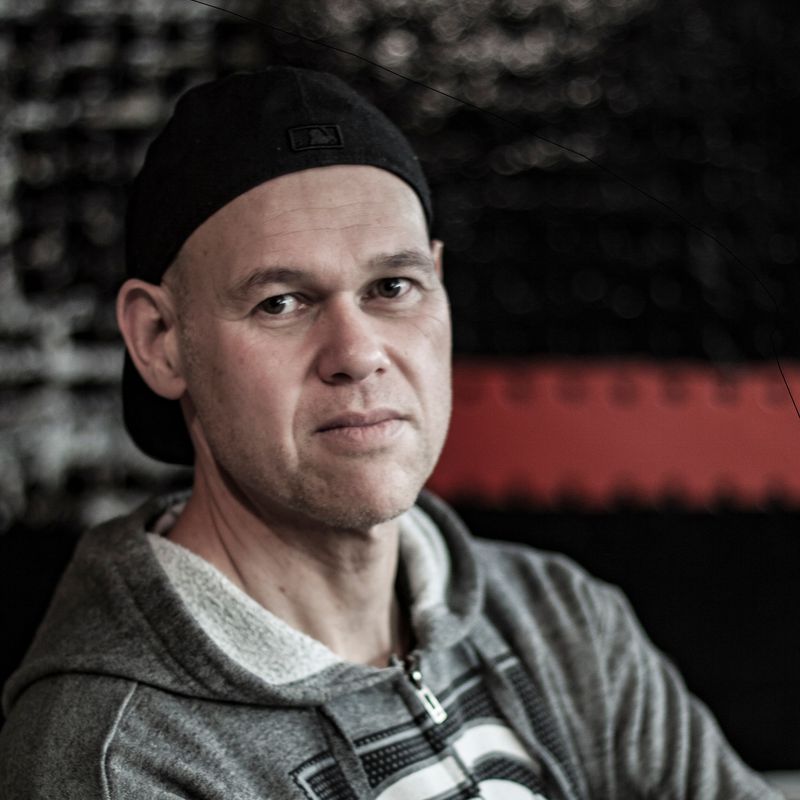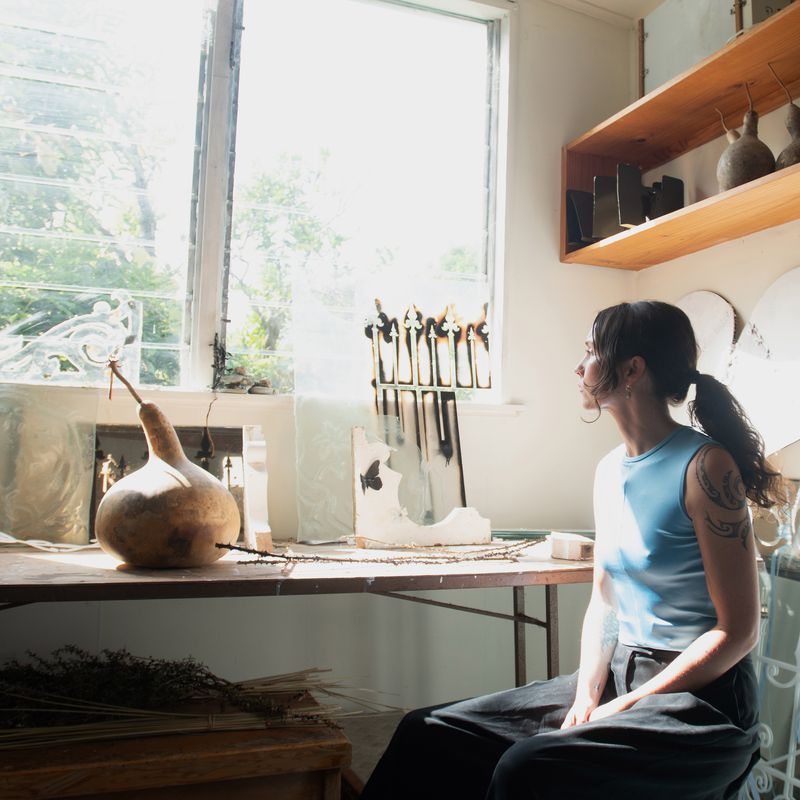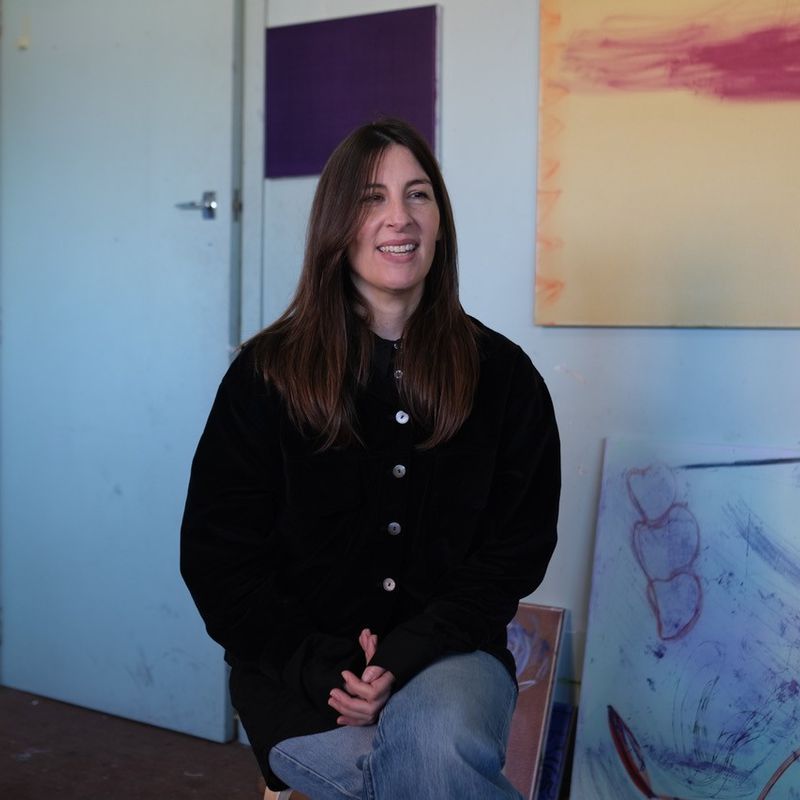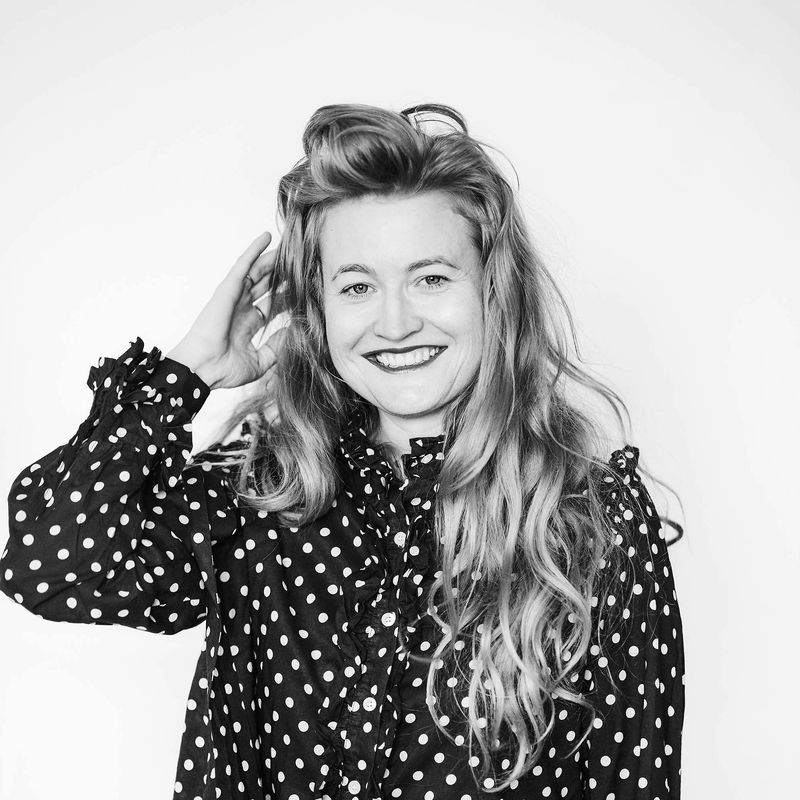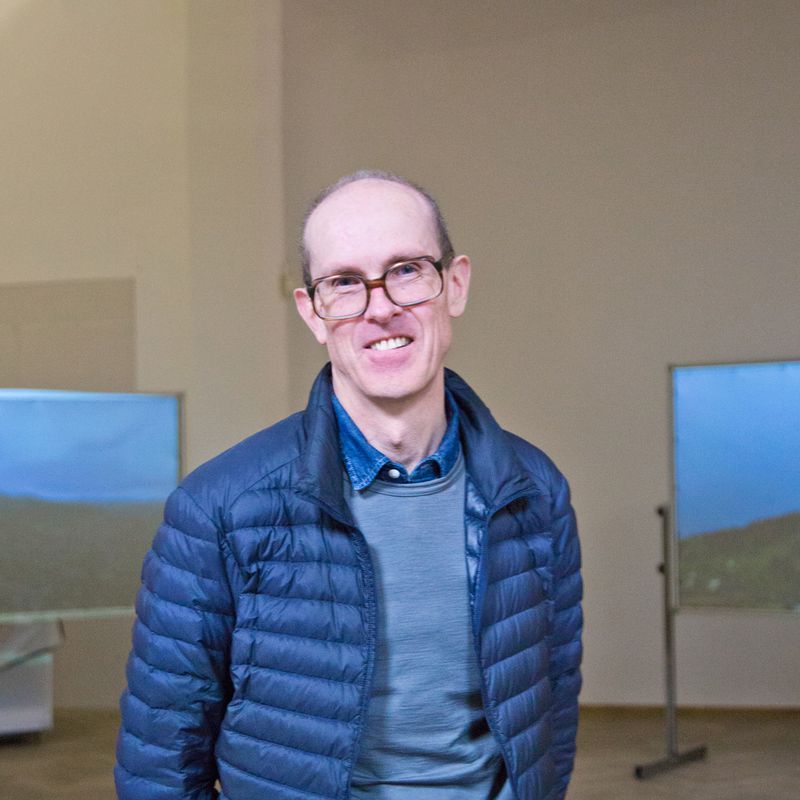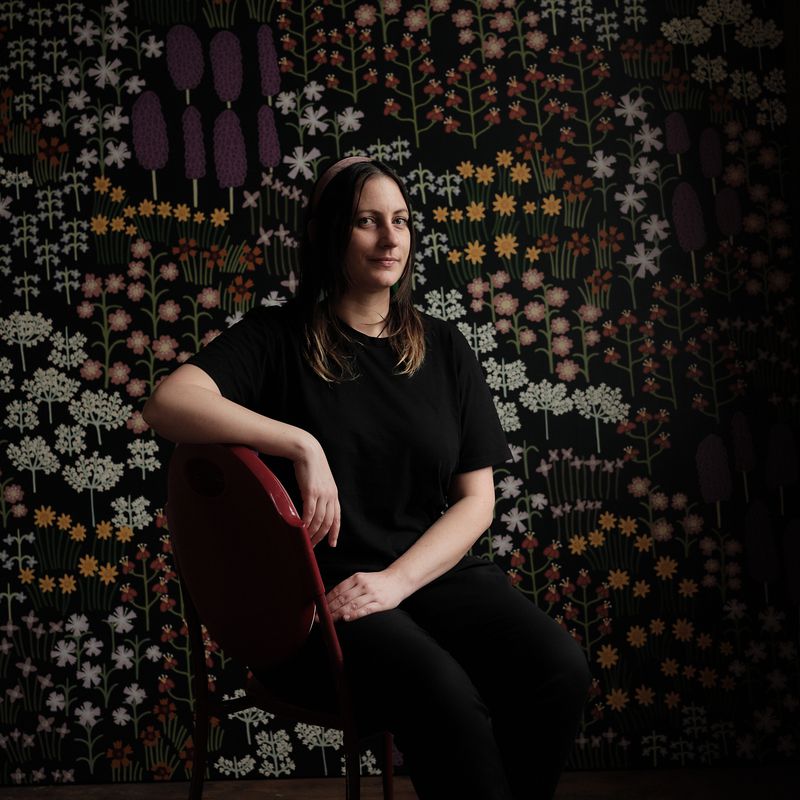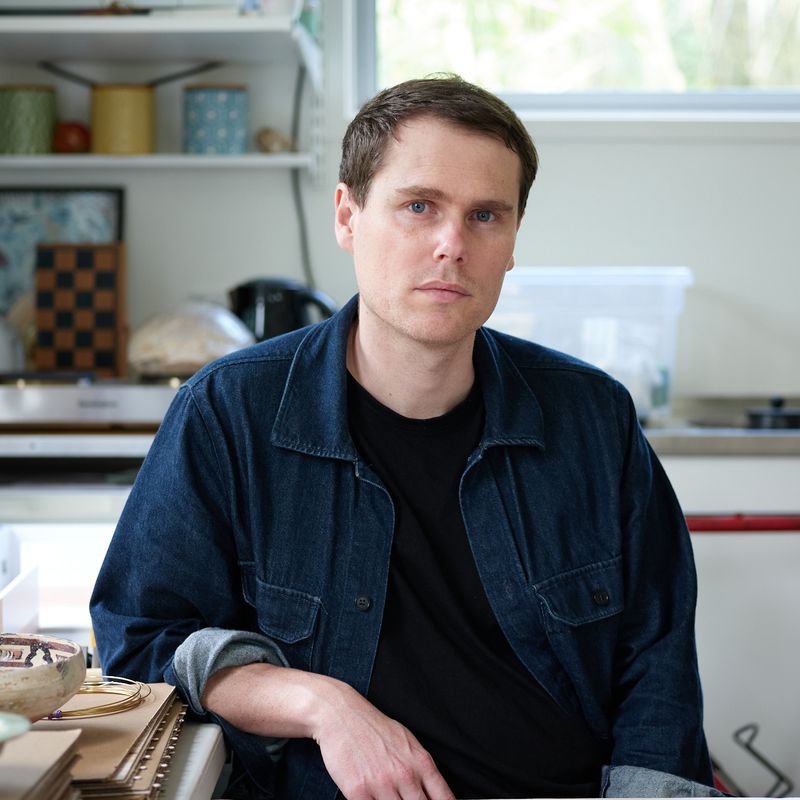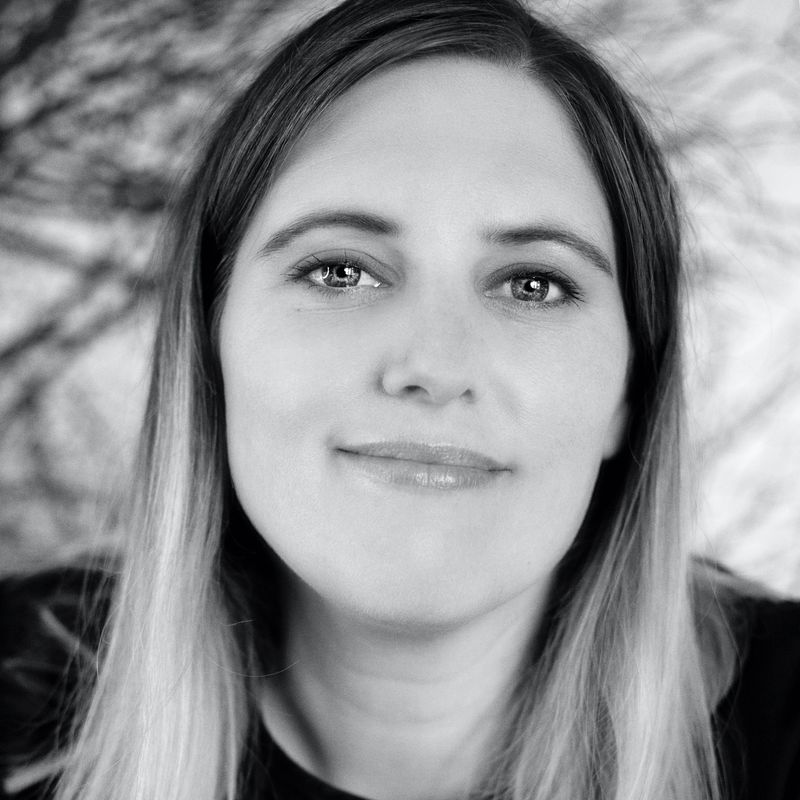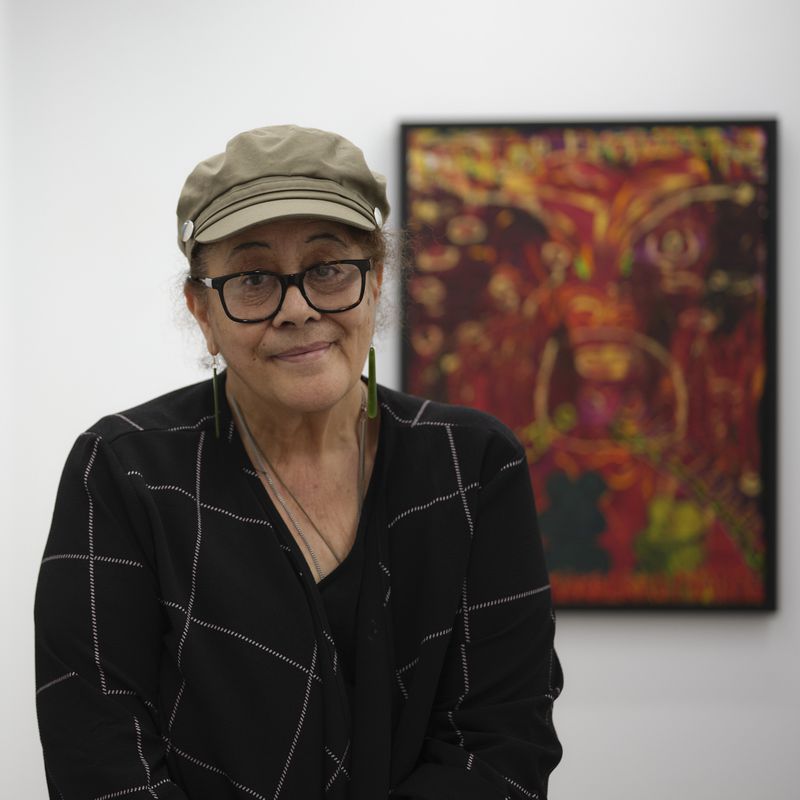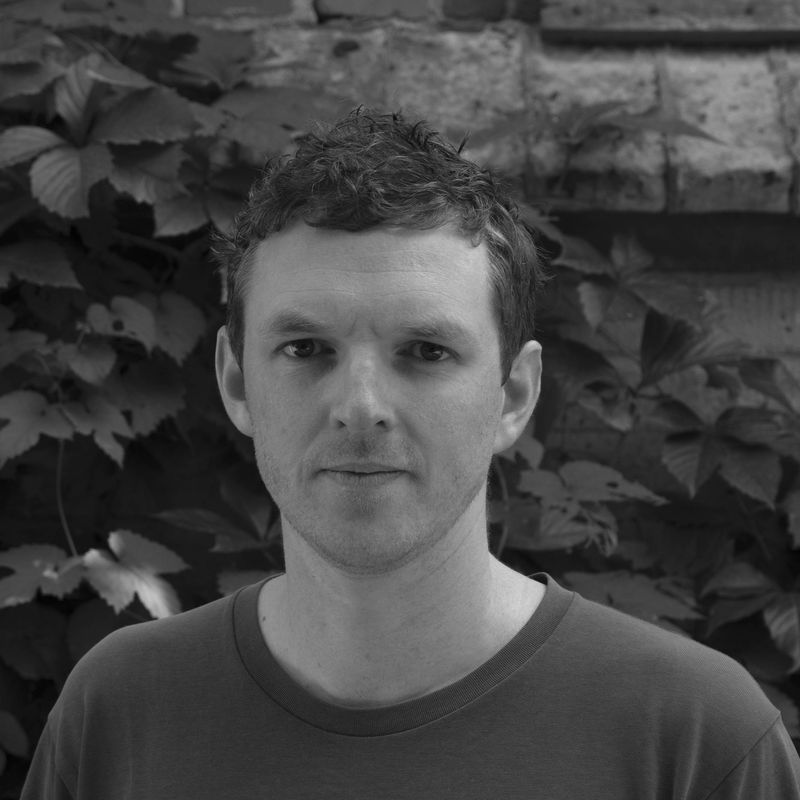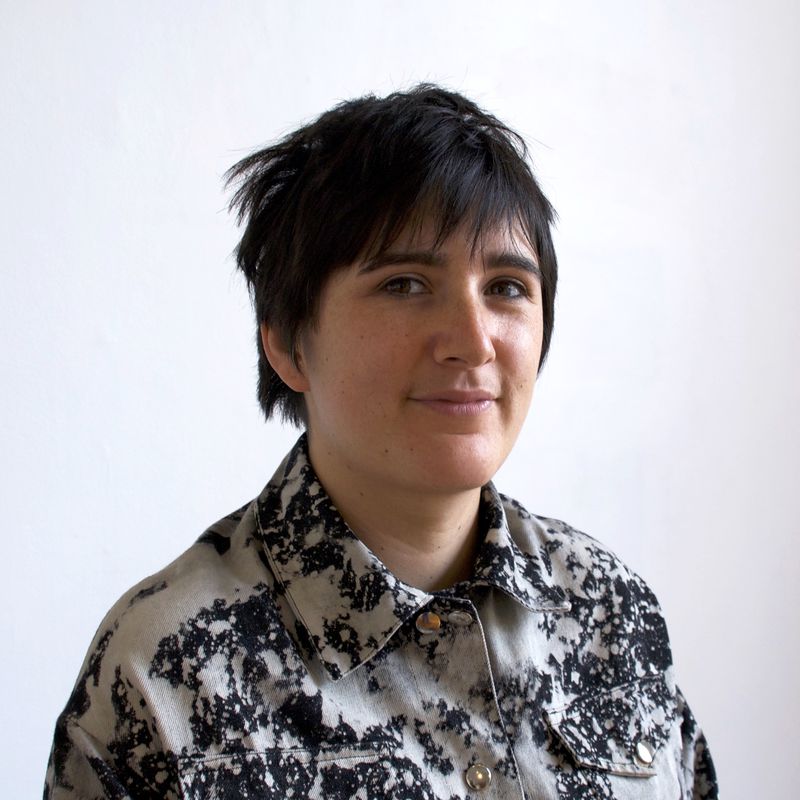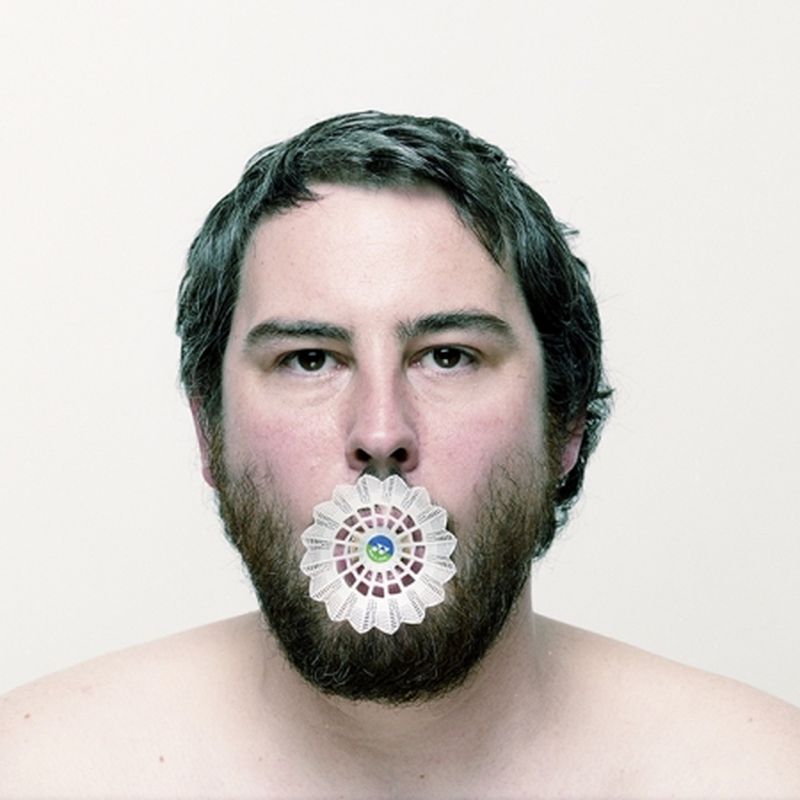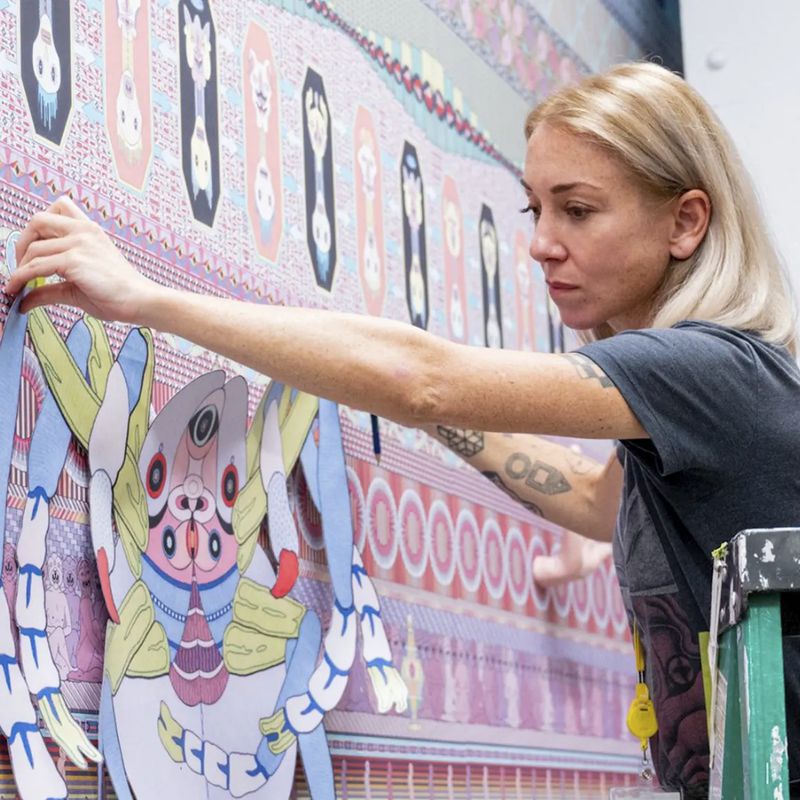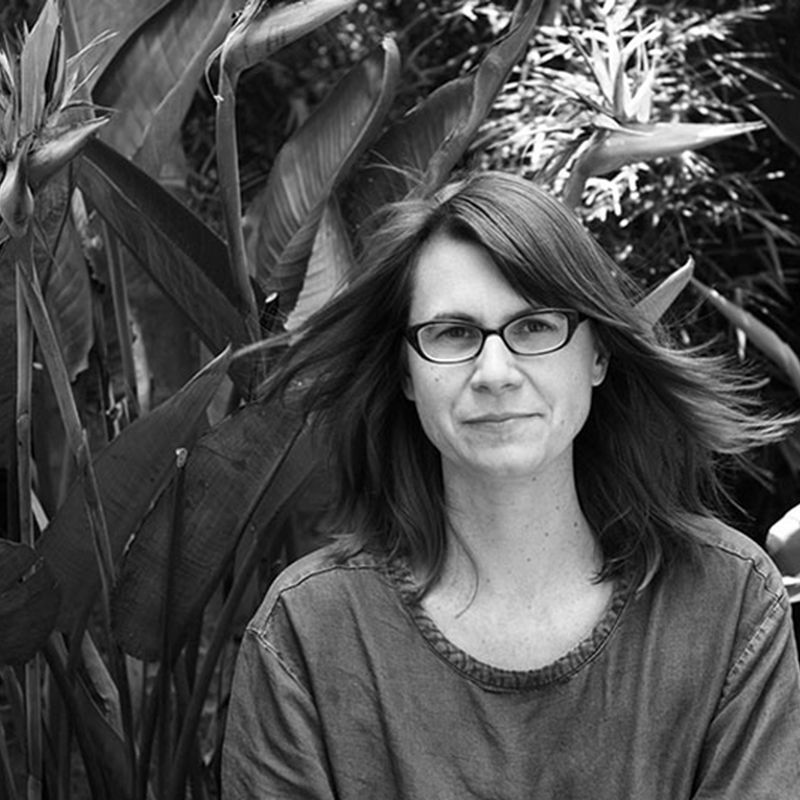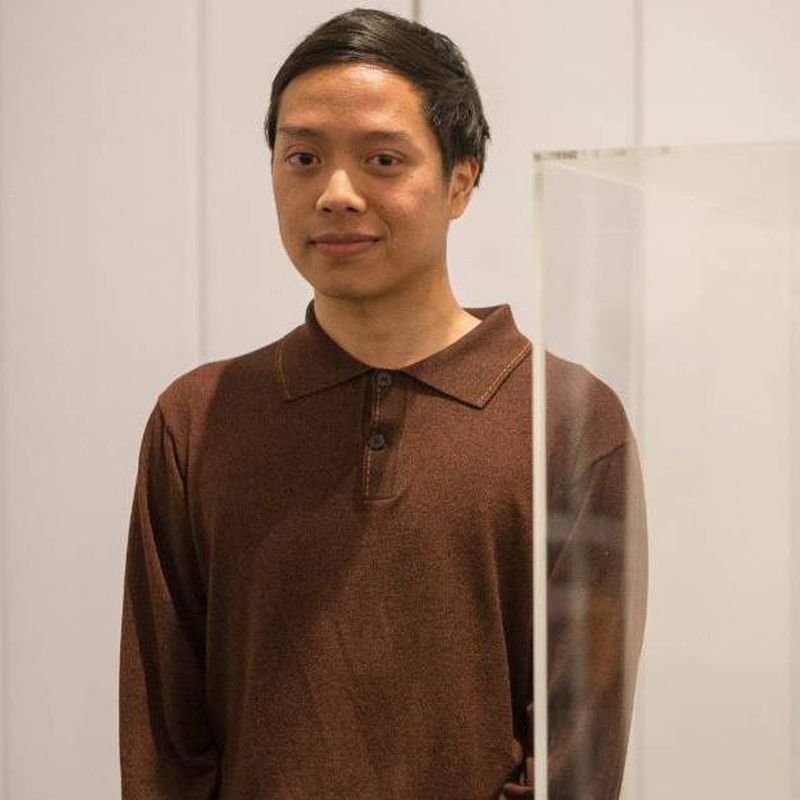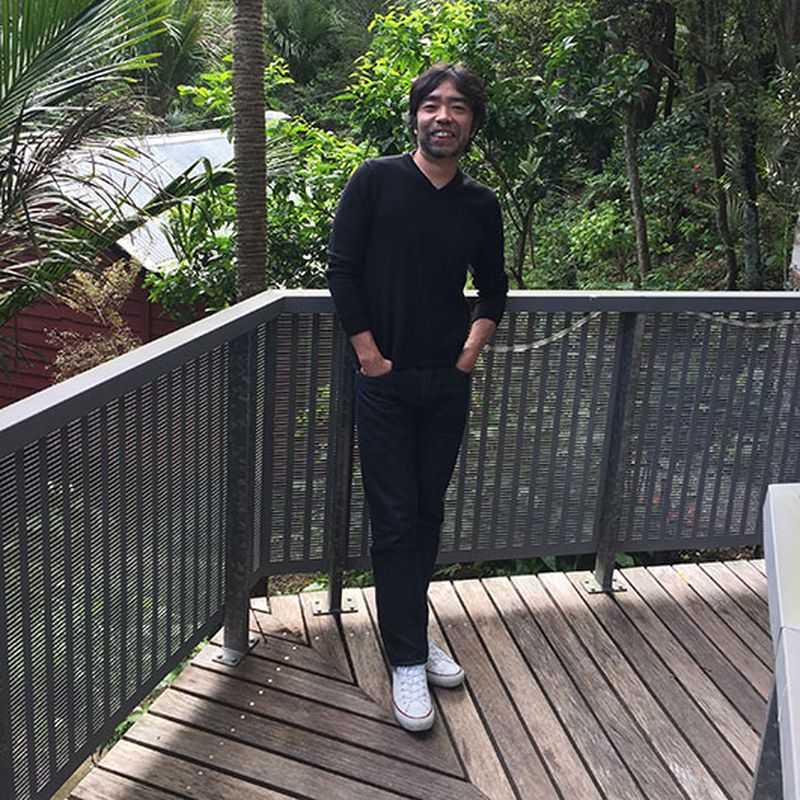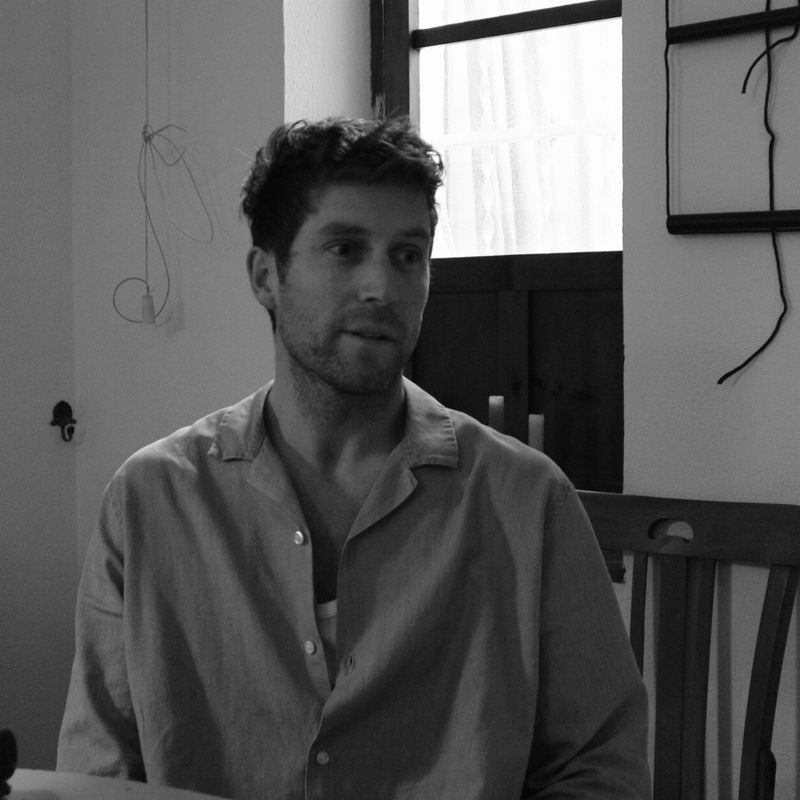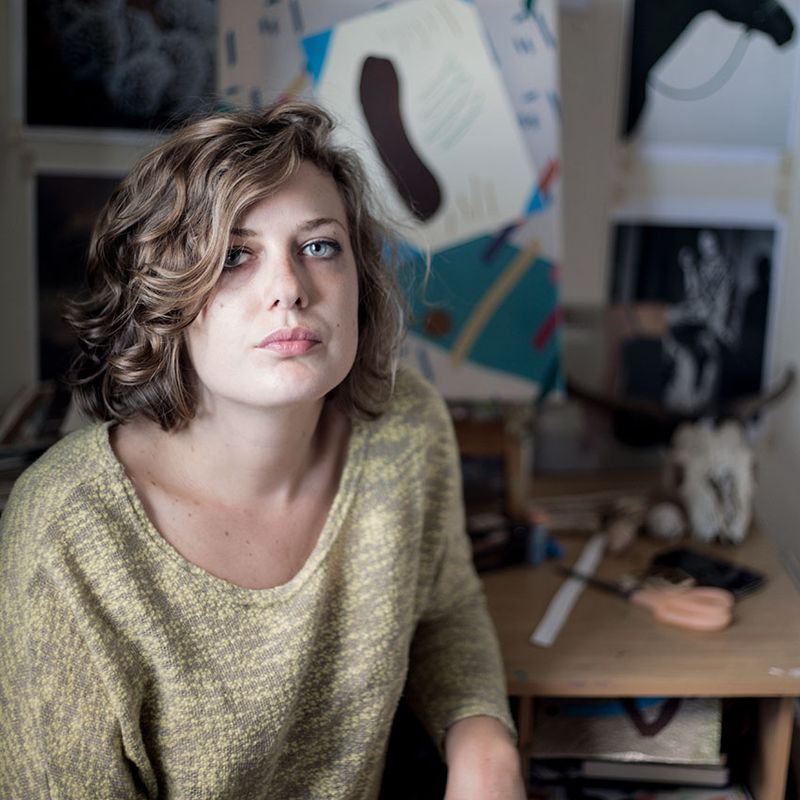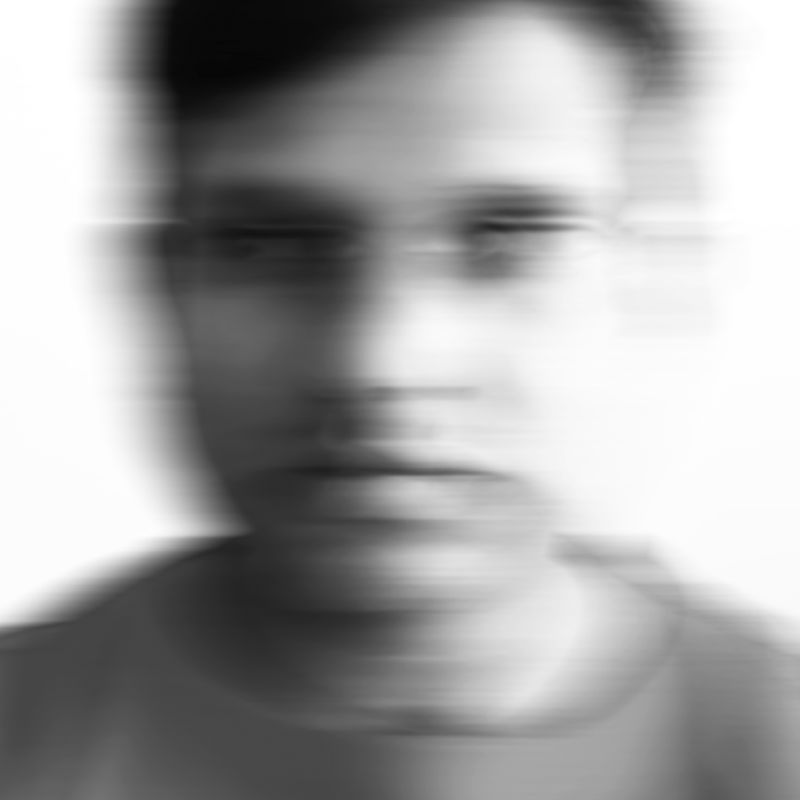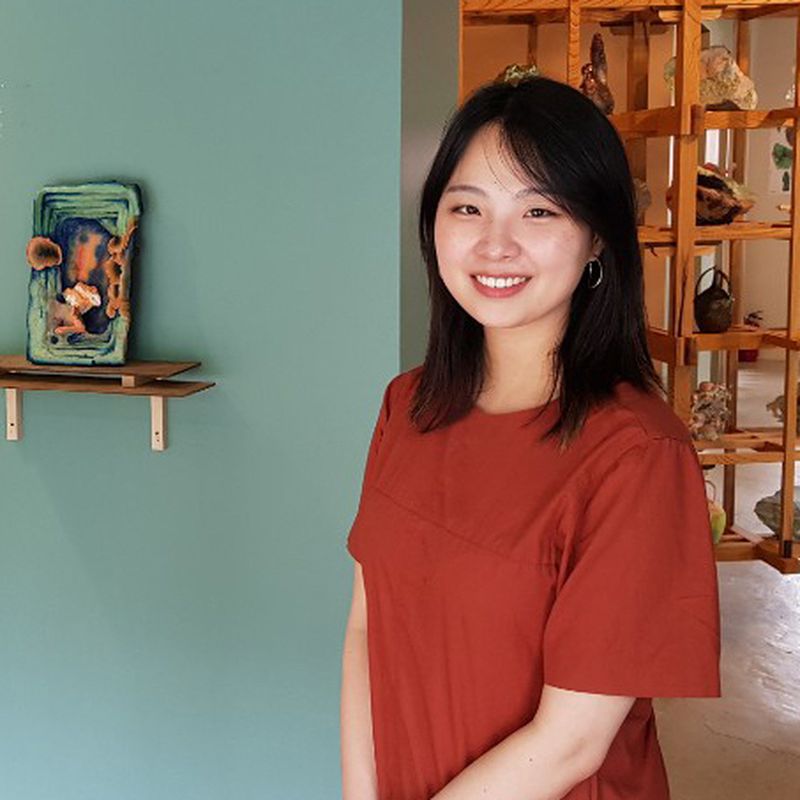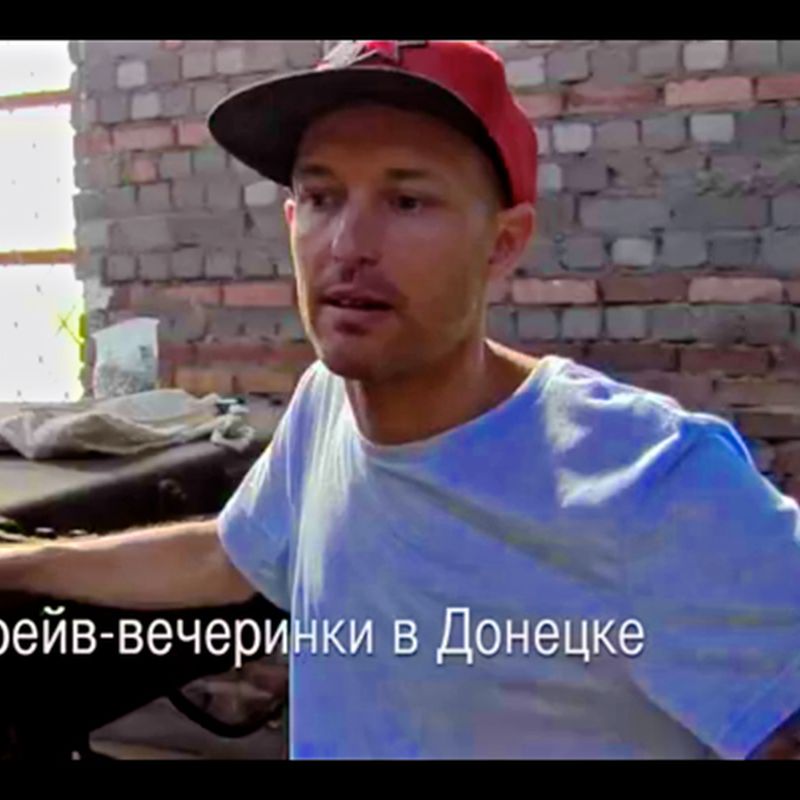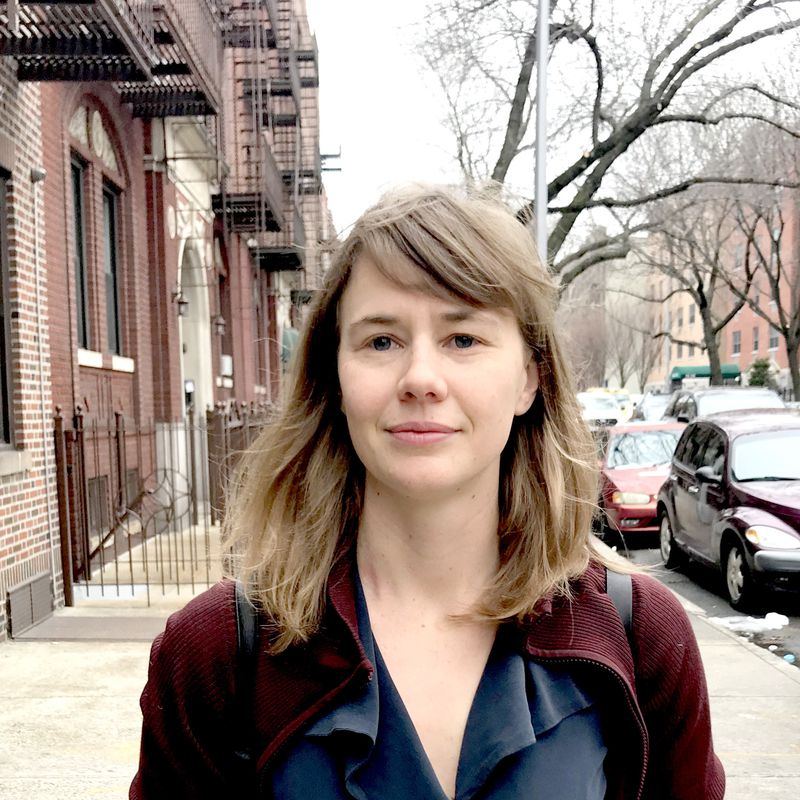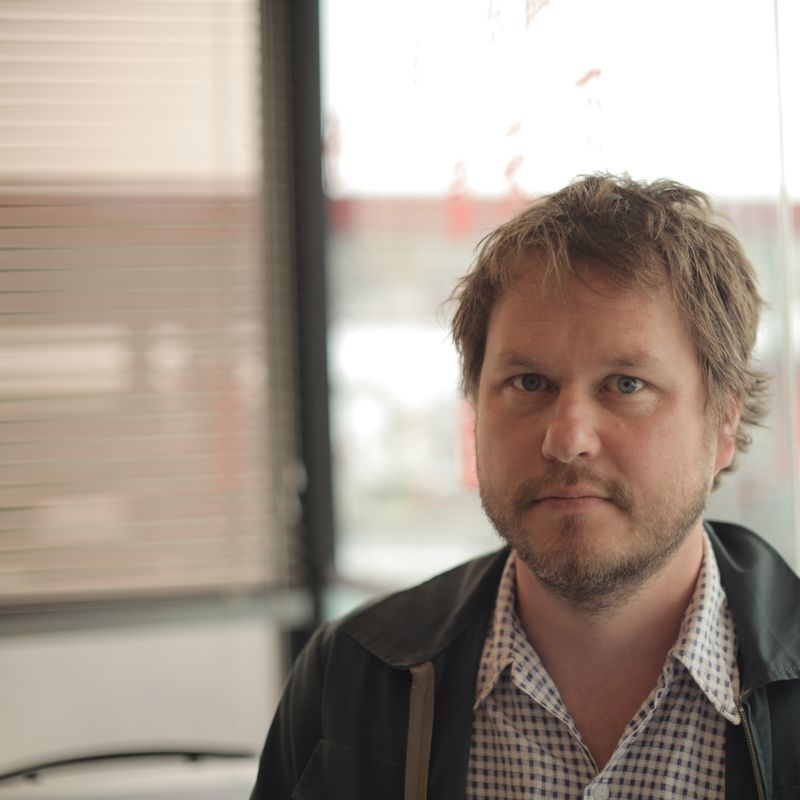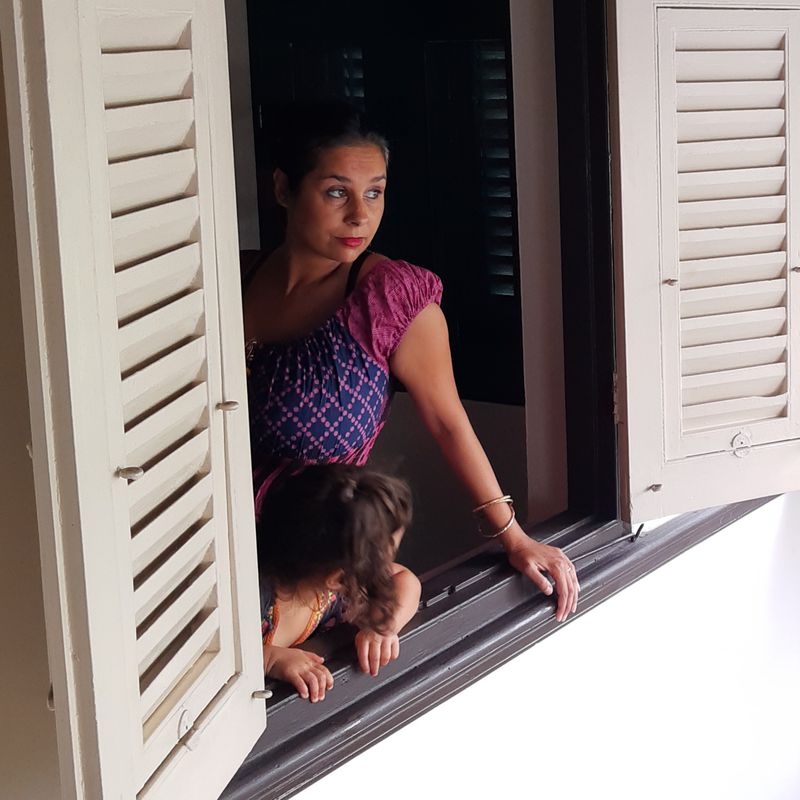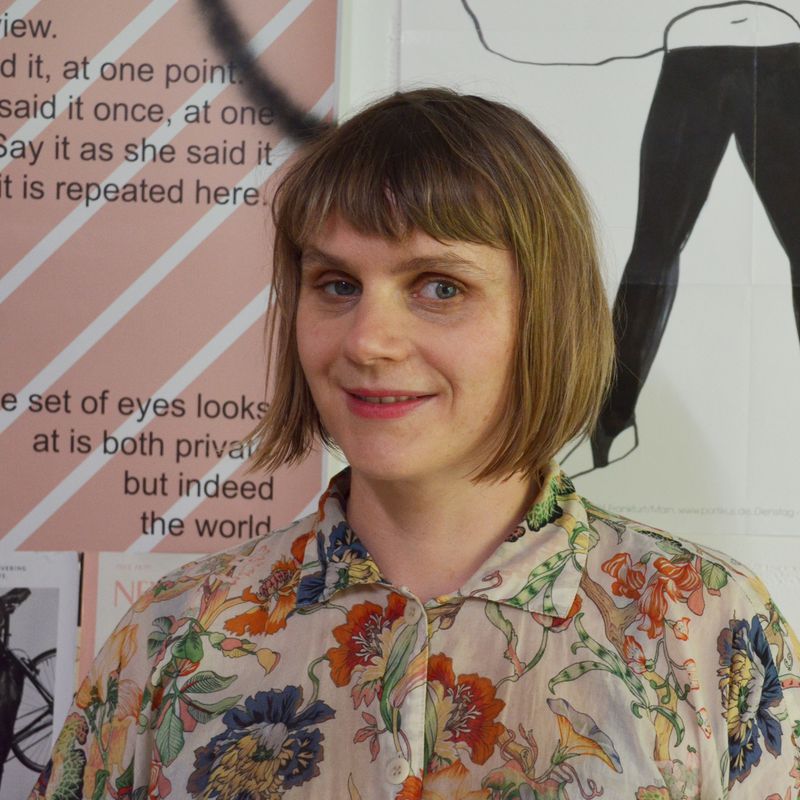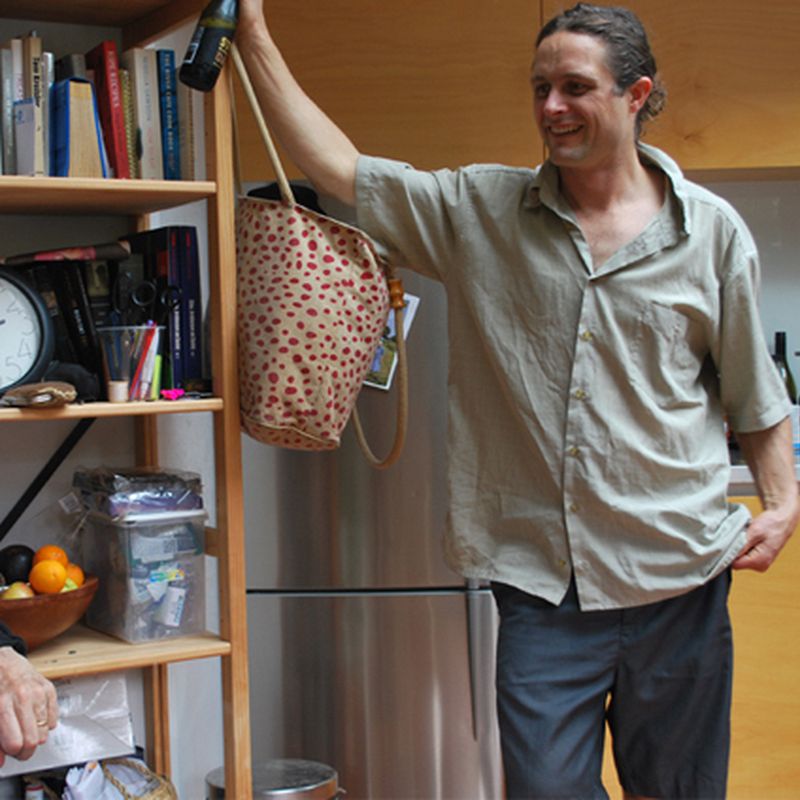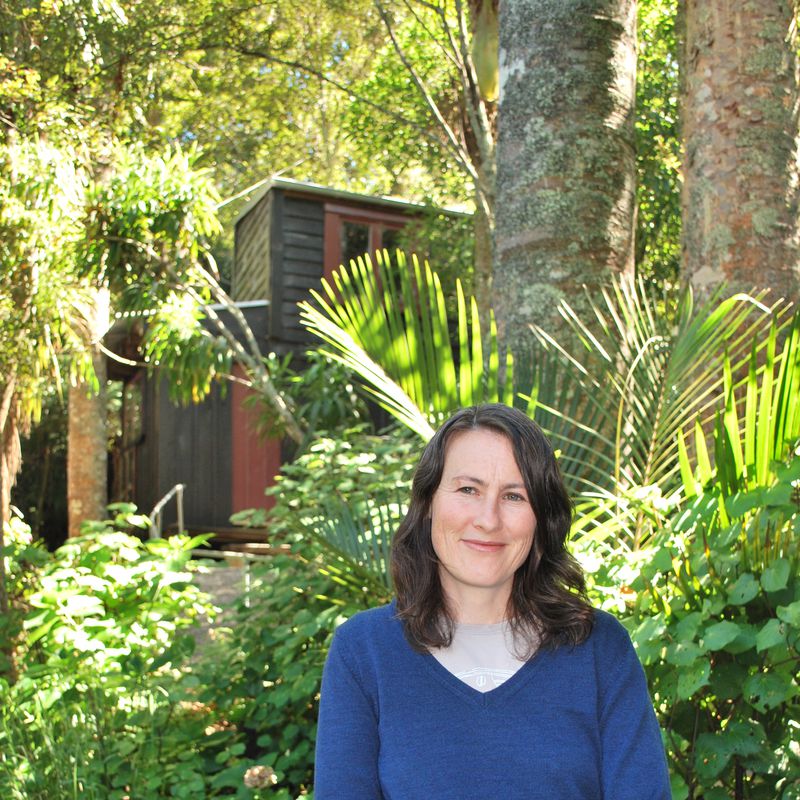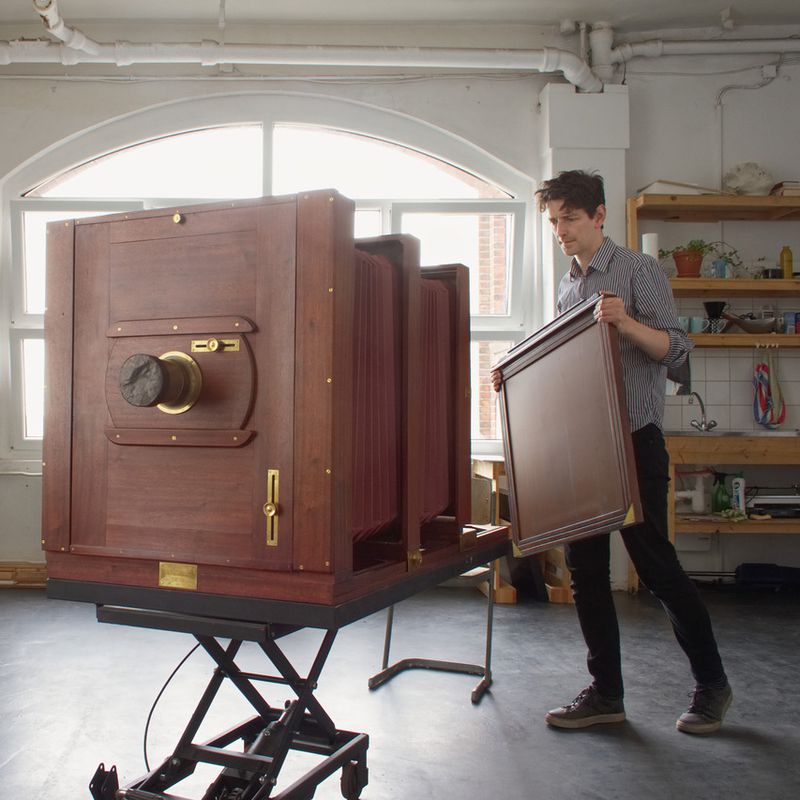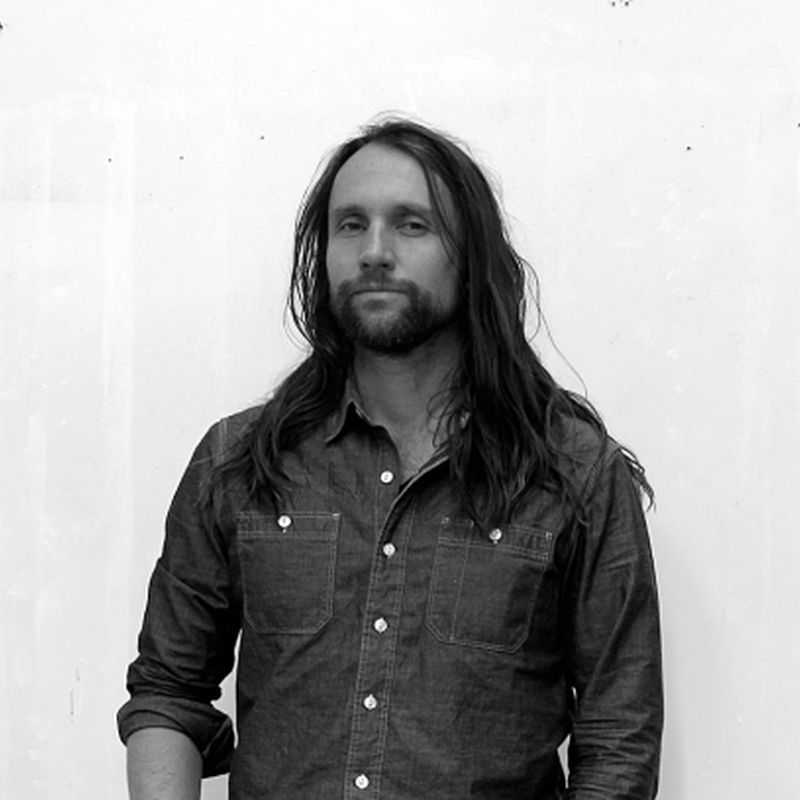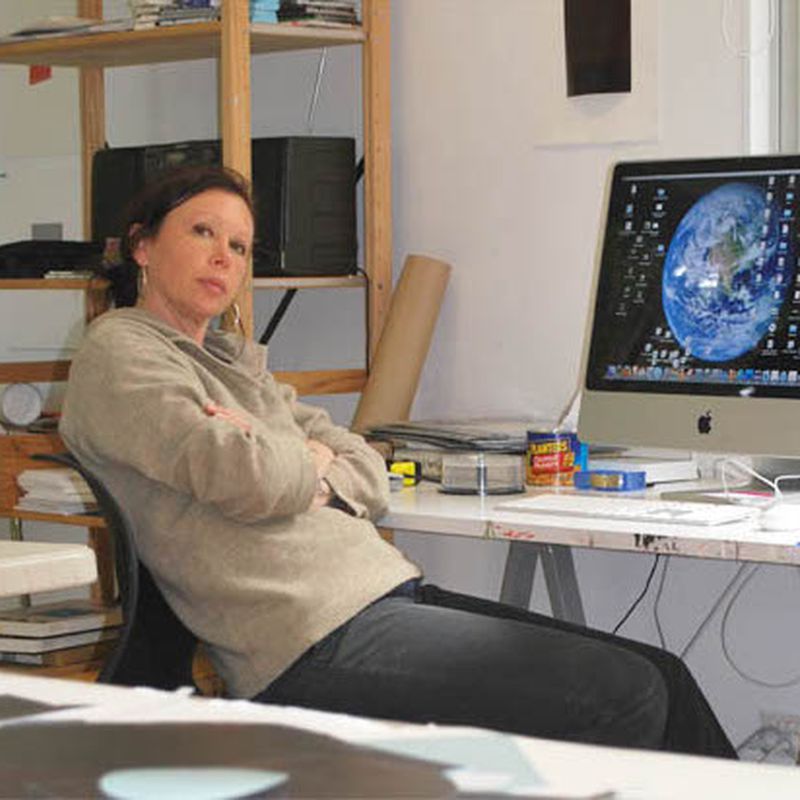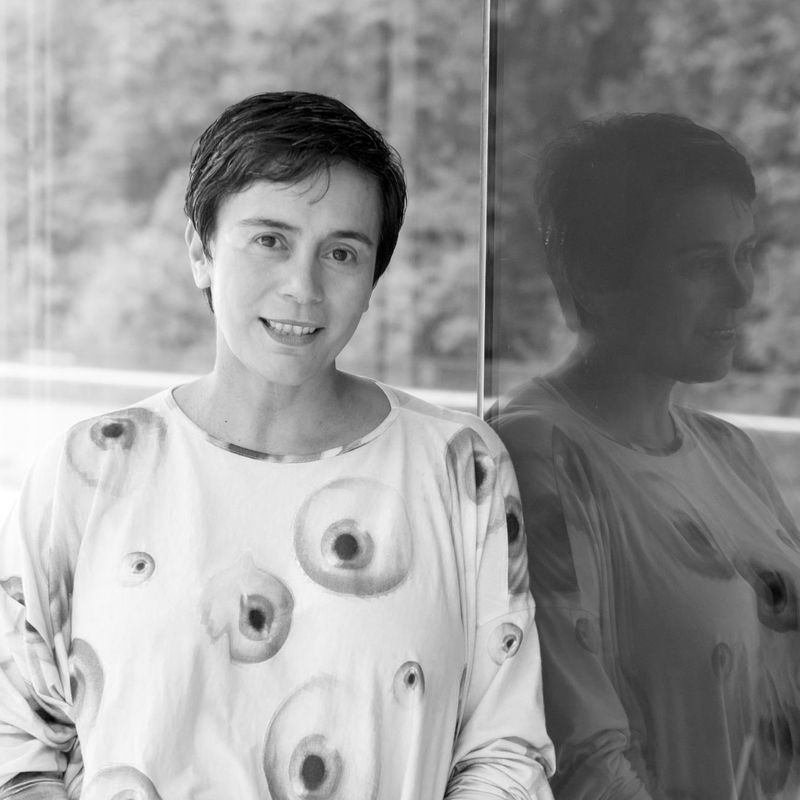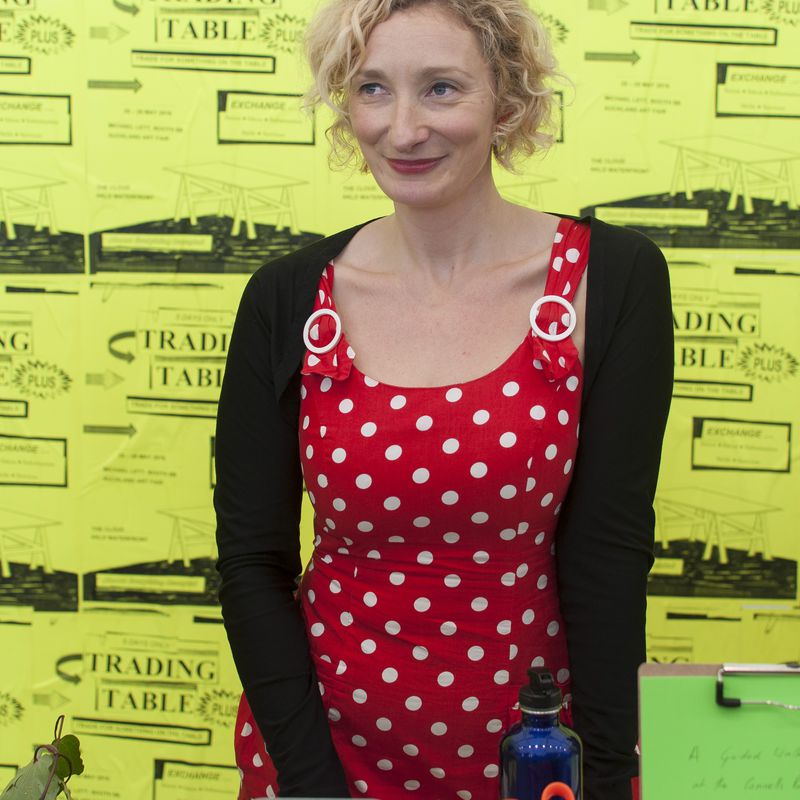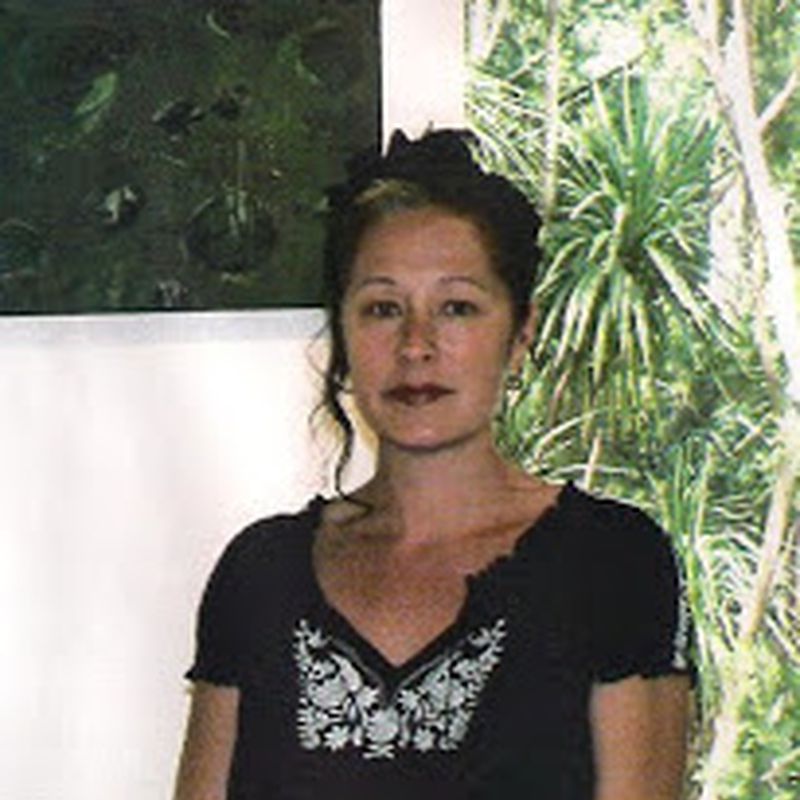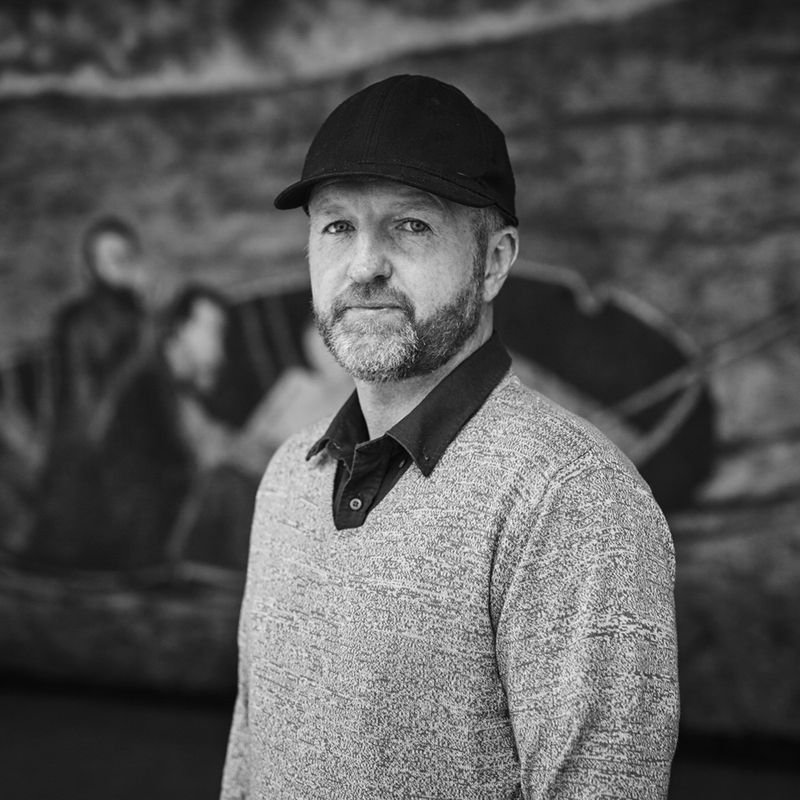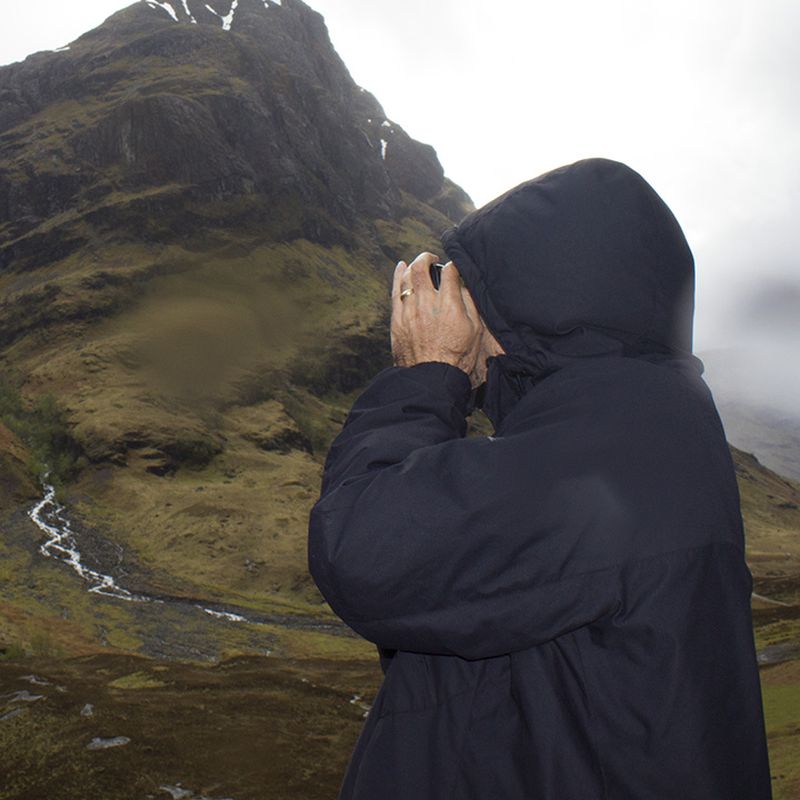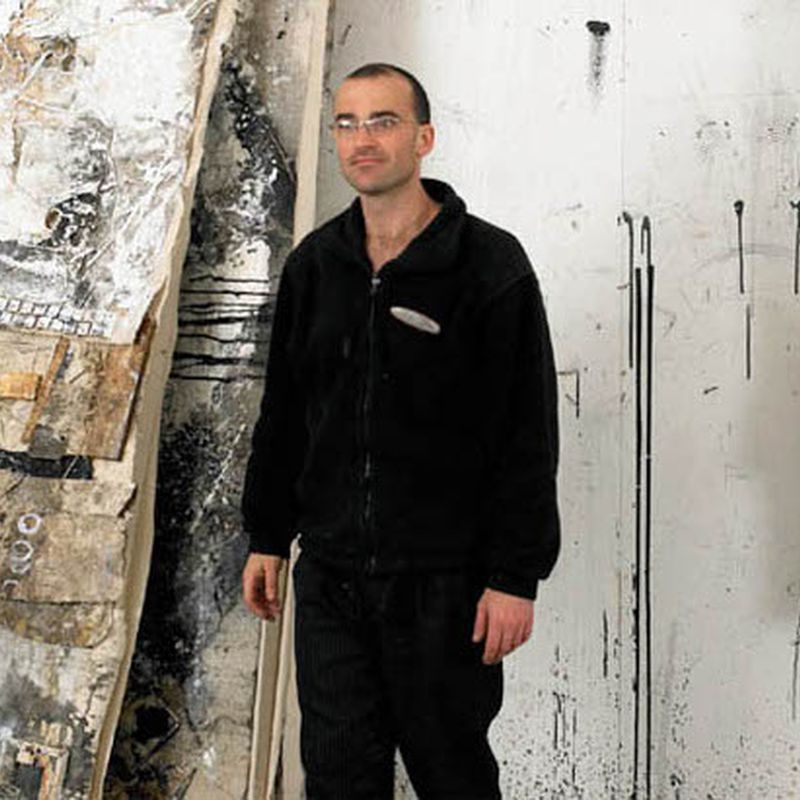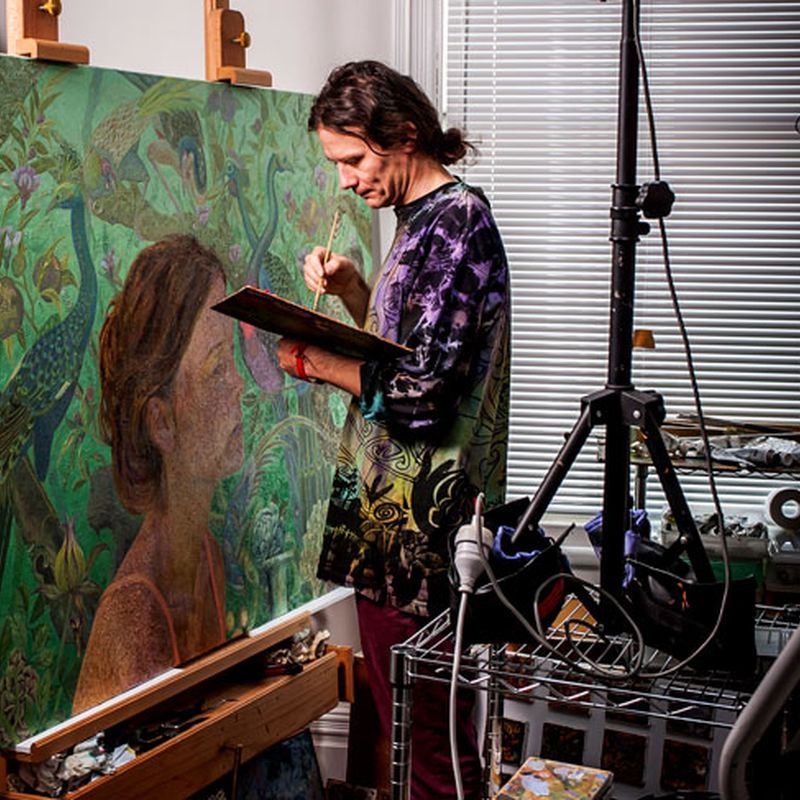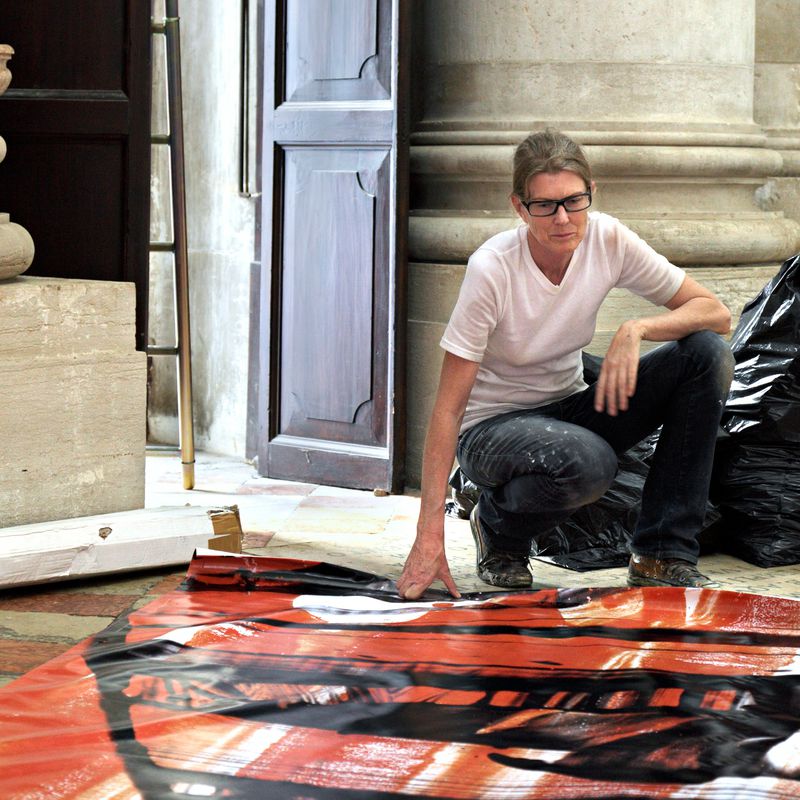- Amy Howden-Chapman2014
- Ana Iti2020
- Andrew McLeod2007
- Andy Leleisi’uao2010
- Anoushka Akel2024
- Ava Seymour2009
- Ayesha Green2022
- Ben Cauchi2011
- Benjamin Work2024
- Bepen Bhana2016
- Campbell Patterson2015
- Cora-Allan Lafaiki Twiss2021
- Dan Arps2014
- Daniel Malone2014
- Emily Karaka2021
- Emma Fitts2018
- Eve Armstrong2009
- Fiona Pardington2013
- Gavin Hipkins2007
- George Watson2024
- Glen Hayward2011
- Imogen Taylor2017
- James Robinson2007
- Jess Johnson2019
- Jim Speers2010
- Judy Millar2006
- Kathy Barry2012
- Lisa Reihana2009
- Liyen Chong2012
- Louise Menzies2016
- Luise Fong2008
- Martin Basher2010
- Michael Stevenson2023
- Moniek Schrijer2021
- NELL2023
- Neke Moa2023
- Nicola Farquhar2018
- Oliver Perkins2017
- Owen Connors2023
- Regan Gentry2012
- Richard Frater2020
- Richard Lewer2008
- Rohan Wealleans2008
- Ruth Buchanan2013
- Sarah Smuts-Kennedy2016
- Sefton Rani2025
- Sorawit Songsataya2018
- Steve Carr2020
- Suji Park2015
- Tanu Gago2022
- Taro Shinoda2017
- Tiffany Singh2013
- Tim Wagg2019
- Wayne Youle2019
- Zac Langdon-Pole2022
Jess Johnson
YEAR OF RESIDENCY
January - March 2019
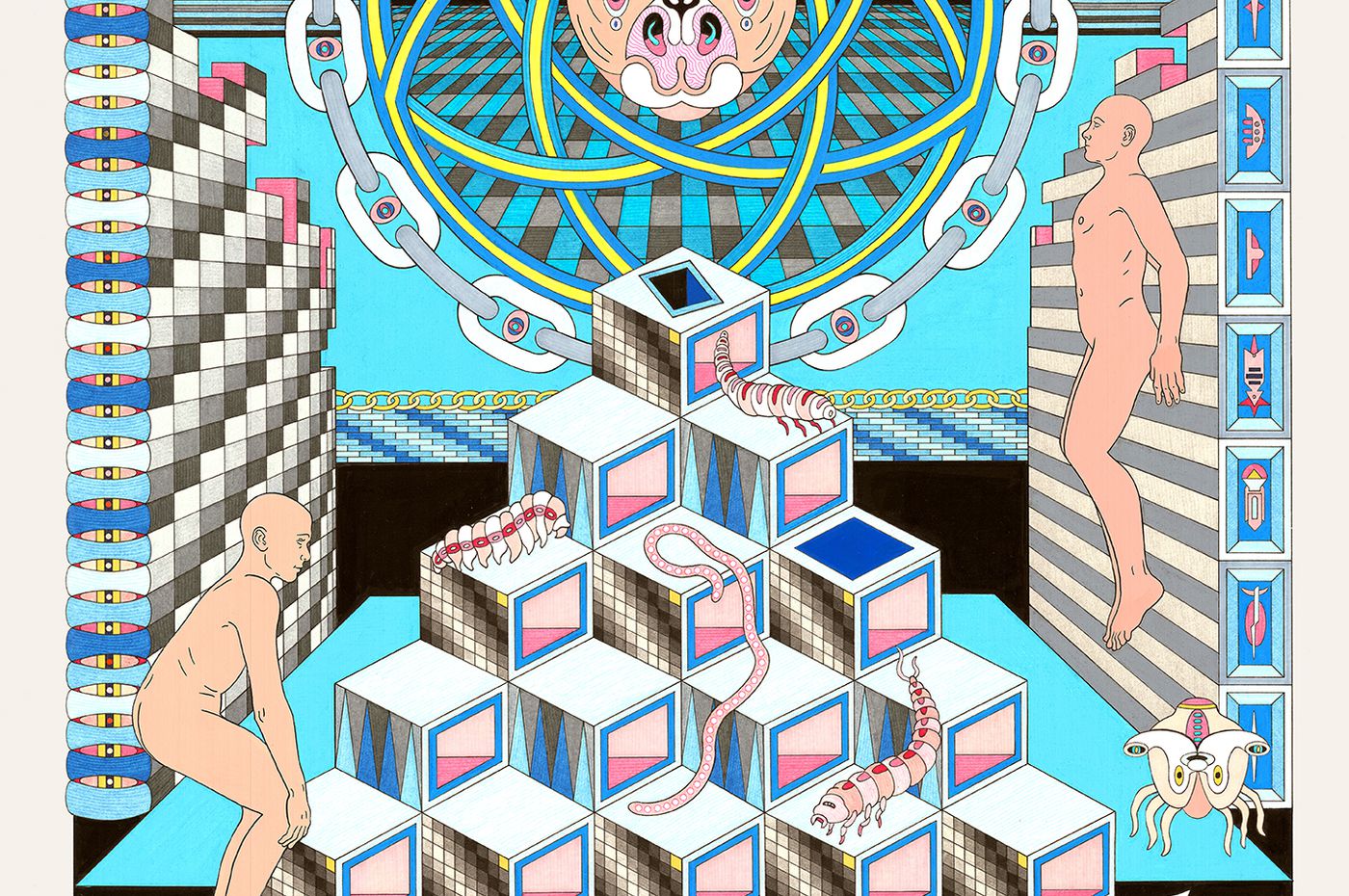
Jess Johnson was born in Tauranga, Aotearoa/New Zealand in 1979. In 2016 she relocated permanently to New York after twelve years of living and working in Melbourne, Australia.
Her drawing and installation practice is influenced by science fiction, language, culture and technology. In her drawings she depicts complex worlds that combine densely layered patterns, objects and figures within architectural settings. Johnson’s drawings are often displayed within constructed environments that act as physical portals into her speculative worlds. Her recent video collaborations with Simon Ward have involved translating her drawings into animated Virtual Reality, thus enabling her audience to have the simulated experience of entering the hypnotic realms depicted in her drawings.
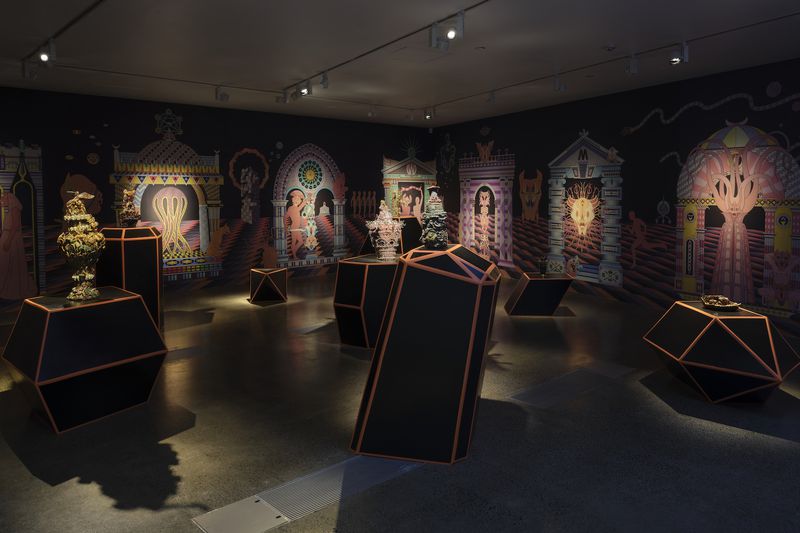
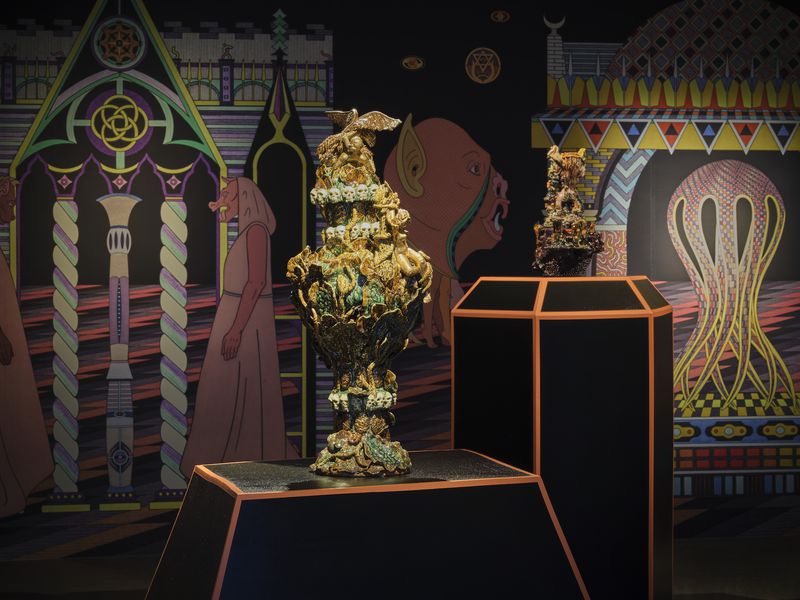
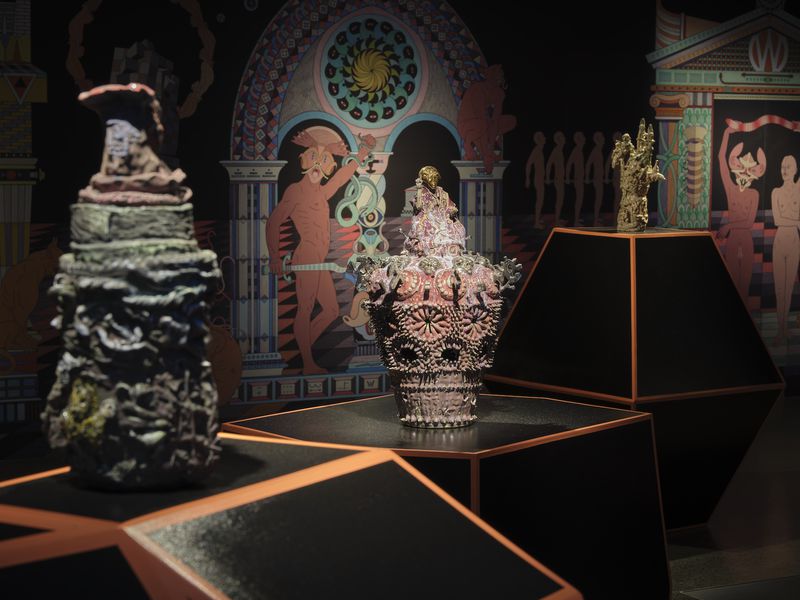
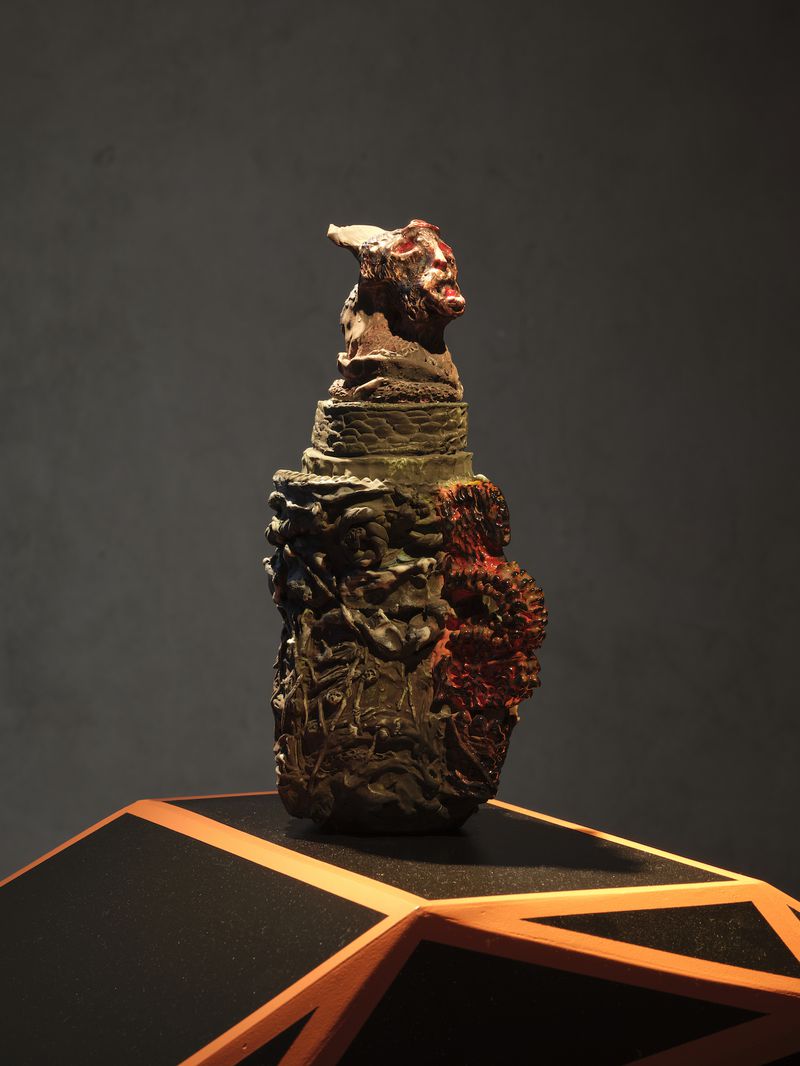
I sometimes forget the original meaning of a term if it has been drafted into the service of art writing. So often art writing involves the bending of unrelated words, theories and philosophies in service of an extravagant explanation of an art object. For once, I would like to learn a little more about some terms before their unexpected redeployment. What can Jess Johnson’s exhibition through her source material, which are all literary and cinematic themes and genres, tell us about her group ceramics exhibition Antireality perversion void?
Fantasy
A fantastical realm exists solely in the imagination but is sometimes mistaken for reality. Today we might think of Netflix’s Stranger Things, where characters move between real and imagined realms, but the ultimate fantasy epic would be Frank Oz and Jim Henson’s 1982 film The Dark Crystal, and stylistic cousin Labyrinth (1986). Both retain a cult following to this day, whereas Stranger Things is perhaps nostalgia for all things 1980s, so is less relevant. The Dark Crystal represents important aspects of the fantasy genre: it favours character and world building over an efficient plot. This has led to the film being a an ongoing treasure trove of meaning and visual richness for fans of the genre.
Gothic
A style of medieval European architecture, but also a style of fiction characterised by the use of desolate or remote settings. Think: Jane Eyre or Lady Macbeth (women of the macabre). Gothic narratives may also include: supernatural encounters, remote locations, ancient manor houses, dark secrets, an atmosphere of suspense and terror. Aotearoa has its own gothic genre known as Antipodean gothic.[i] Our colonial society is isolated within a striking landscape that can feel unsettling at times.
Punk
Based on 1970s loud and aggressive punk rock music, punk is an established identity, a subculture, and a style. Punk can refer to being a troublemaker—being overtly alternative or visually loud. To be punk is to speak out, to be anti-authority, anti-establishment, question traditional conventions, and be all out riotous about all of the above. Often punk culture can suffocate in its own excesses, failing to get across its original intent.[ii]
Macabre
From an old French term danse macabre, meaning the dance of death. Macabre relates to all things surrounding our feelings about death: it is gruesome, horrifying, ghastly and disturbing. To make macabre work is to dance around ideas of death in a way that can collectively disturb an audience, such as Shakespeare’s Macbeth (1606) which creates a consistent tone of ‘the macabre’ through language just as much as plot.
Mythology
A universe of traditional stories involving deities, atua, heroes, and creatures both imaginary and historical. Greek, Indian, Roman, and Celtic stories are often referred to as mythologies as they combine history with timeless truths, sagas, or legends. Myths can be quasi-historical and epic, adding in fanciful detail. Pūrākau, Māori myths and legends, combine supernatural creation stories with folklore of the natural world. They are designed to be remembered through oral storytelling across generations.
Magick
This ‘misspelling’ of magic is purposeful; it defines ritual magic, rather than stage magic. According to occultist Aleister Crowley, magick describes the reconciliation of freewill and destiny.[iii] In other words, the ability to tap into one’s true will in order to cause change. I cannot help but think of Roald Dahl’s Matilda (1988). It has also been theorised that the letter k is significant in indicating the kind of magick being employed. It could refer to shakti, creative energy, or the ancient Egyptian word for magical power, khu.
Baroque
A style of the arts that means irregularly shaped in French. It was first used to describe pearls but then came to describe the extravagant style of art associated with 17th century Europe: elaborately curving lines, generously applied gilt and gold. Baroque music is audibly ornamental, as much as baroque art is visually so. To be baroque is to be inherently self-confident, dynamic, and extravagant.
Science fiction
Speculative fiction explores imaginative, futuristic concepts such as advanced technology, space and time travel, alternative futures, and so much more. Sci-fi is a hugely influential genre for mainstream and niche audiences, often set in a parallel universe, zombie apocalypse, or dystopian post-climate disaster world.
Science fiction has been known to embrace diversity and inclusivity much earlier than other genres of literature, film and art, and is often used as a vehicle to explore identity. For example, Octavia E Butler (1947-2006) turned science fiction into a home for black expression in her many science fiction novels.[iv] Rachel Ingalls (1940-2019) wrote of a love affair with a green-skinned monster in Mrs Caliban (1982) that no doubt inspired filmmaker Guillermo del Toro's 2017 interspecies love story The Shape of Water. Science fiction is a warm and welcoming home to many, and it continues to evolve alongside social anxieties around climate change and cultural evolution. The character Lily on Sex Education (2019–present) feels socially liberated when existing within her alien erotica adventure stories.
A common misconception is that Star Wars (1987–present) is a science fiction film. It is actually a space opera, which is a subgenre of science fiction. Space operas host much more melodrama, romance and intergalactic warfare. Other subgenres of sci-fi include 'hard science fiction' where logic and fact are prioritised. And the self-explanatory subgenres: science fantasy, sci-fi horror, etc.
Horror
As a noun, the word horror is simply one of hundreds of ways to name a feeling of dread, apprehension or fright. Yet, it is also an entire genre that does this, and so much more. Hollywood would be nowhere without the horror film industry, designed to scare but also delight and invigorate. What makes this genre so popular is that a horror story could come from an ancient origin, a recent news item, or simply elaborate on a classic psychological fear or phobia. Both Mary Shelley’s Frankenstein (1818) and Bram Stoker’s Dracula (1897) are timeless examples of the way in which horror has become such a well established and loved literary form.
According to a Wikipedia list of horror anthologies, Unheimliche Geschichten (uncanny stories) was the first of its kind, released in 1919. At midnight in a closed antiquarian bookshop, three figures: Death, the Devil and the Harlot, step out of paintings and read five macabre stories. The anthology framework suits the horror genre and has remained a popular storytelling device, seen in the five stories of Creepshow (1982) and eight of The Field Guide to Evil (2018).
Body horror
A subgenre of horror that showcases grotesque narratives around the gory destruction of the human body, often seen in fragments or fleetingly within mainstream films such as the Alien franchise (1979–present). You know, the part when Sigourney Weaver births the alien. When the body horror genre isn’t being borrowed, it can be seen explored in depth by filmmakers such as Philip Brophy, who created the 1993 Australian body horror classic Body Melt. Liquefied flesh, tentacles growing out of faces, and imploding heads feature in this satirical black comedy that is quite possibly the original body horror epic.
An otherworld
A spirit world, a realm of the dead, or any metaphysical plane that mythical or supernatural beings possess. There are many otherworlds in historical literature such as Hades' Underworld or Mount Olympus and they often require a guided journey to get there. Rarohenga is where Maui found his father, Makeatutara, when he followed his mother down a mysterious hole in the earth. In the 1987 horror film Hellraiser, Lemarchand's box (the Lament Configuration) is a mechanical puzzle that opens a door to another dimension, that of hell.
Antireality perversion void is the title of Jess Johnson’s 2021 McCahon House exhibition at Te Uru, based on her 2019 residency at McCahon House. It is a curated exhibition whereby Johnson has created an environment for the work of five ceramic artists: Janet Beckhouse, Rose Salmon, Emily Hunt, Laurie Steer and Nichola Shanley. As well as a residency outcome, the exhibition is also an alternative counterbalance to the 21st Portage Ceramic Awards (intended to run concurrently), as it displays work by ceramic artists that may not necessarily be represented in the annual awards shows.
Essay commissioned by McCahon House on the occasion of Jess Johnson’s residency January - March 2019.
All images courtesy of Te Uru Waitakere Contemporary Gallery, 2021. Photograph: Sam Hartnett.
[i] Jasmine Gallagher, “Christchurch, and the Heart of the Antipodean Gothic” in The Pantograph Punch, 7 December 2015. https://www.pantograph-punch.com/posts/christchurch-antipodean-gothic
[ii] “Rip It to Shreds: A History of Punk and Style” in Pitchfork (n. d.). https://pitchfork.com/features/from-our-partners/9943-rip-it-to-shreds-a-history-of-punk-and-style/
[iii] Aleister Crowley, "A Lecture on the Philosophy of Magick" in The Revival of Magick (1998), 207.
[iv] Stephen Kearse, “The Essential Octavia Butler” in The New York Times, 15 January 2021. https://www.nytimes.com/2021/01/15/books/review/the-essential-octavia-butler.html
Artist Artworks
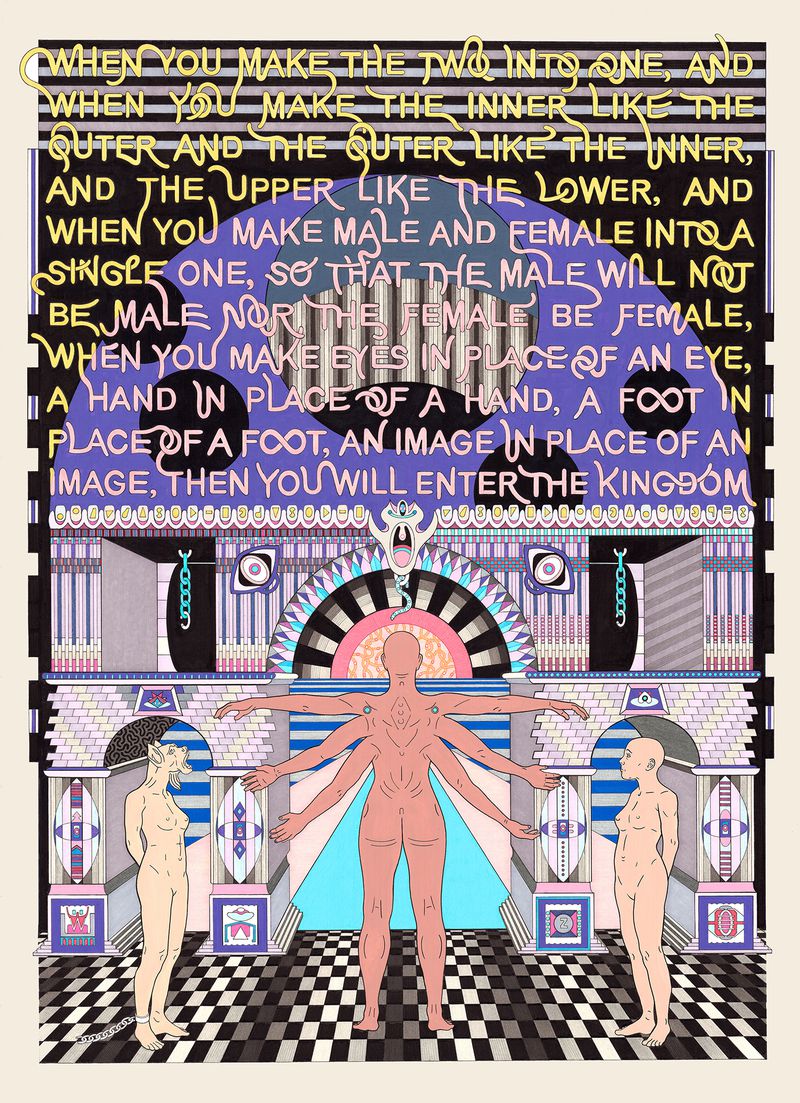
Jess Johnson
Outer like the Inner
2019
Giclée print on archival quality cotton rag with four deckled edges, edition of 6
765 x 560mm
Collection of McCahon House Trust
Sold out
